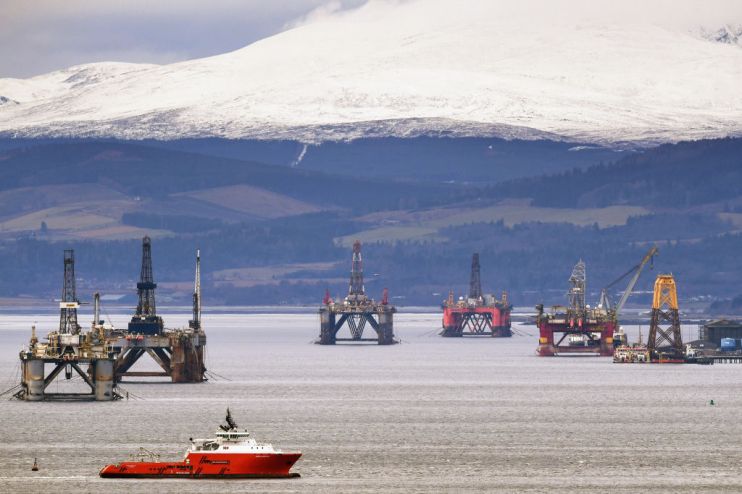Oil rises above $80 per barrel for first time since April as IEA predicts record demand

Oil prices are hovering above $80 per barrel for the first time since April, with the International Energy Agency (IEA) predicting demand will reach a record high and outstrip supply for the rest of the year in its latest market report.
The Paris-based climate agency anticipates a resurgent China will make up more than two-thirds of this year’s demand growth as it finally recovers from the pandemic, boosting demand.
It predicts oil demand will reach a record 102.1m barrels per day (bpd) and also raised expectations for next year despite the growing embrace of electric vehicles and energy efficiency measures across developed economies.
Meanwhile oil demand growth will still halve next year to 1.1m bpd, the IEA revealed, reflecting vehicle electrification and energy efficiency, though it raised its view from a 860,000 bpd rise it forecast last month.
“World oil demand is coming under pressure from the challenging economic environment, not least because of the dramatic tightening of monetary policy in many advanced and developing countries,” the IEA said in its monthly oil report.
Brent Crude was up 0.27 per cent at $80.33 per barrel in this morning’s trading, while WTI Crude had risen 0.12 per cent at $75.84 per barrel.
Meanwhile, encouraging inflation data from the US indicated interest rates in the world’s largest economy were finally reaching a peak.
This follows only a modest rise in consumer prices rose last month in the US, with the 0.2 per cent rise in June taking annual price hikes to three per cent – the smallest rise since 2021 as inflation continued to ease.
There are now expectations of just one more rate hike from the US Federal Reserve, which has increased rates 10 times since last March, with interest rates currently at 5 to 5.25 per cent.
Higher rates are a tool to tame inflation, but typically lead to slow economic growth and reduce oil demand.
The return of prices above $80 per barrel will be a relief for OPEC, the world’s most influential oil cartel, which has gambled on improving economic conditions to boost prices after slashing supplies by nearly 5m barrels per day.
Indications markets could be tightening, in line with its forecasts, include a $2.64 per barrel premium on six month future contracts to February 2024, having previously traded at a discount.
The futures contract structure of the global benchmark Brent indicates the market is tightening and that OPEC could be succeeding in its mission to support the market.
However, economic challenges remain that could weigh down prices, as Europe remains subdued amid manufacturing slumps, while OECD developed countries on the continent are on course to register four consecutive quarters of contracting demand up to the final quarter of 2023.
“China’s widely anticipated reopening has so far failed to extend beyond travel and services, with its economic recovery losing steam after the bounce earlier in the year,” the IEA said.
The IEA has also lowered its forecast for growth of the first time this year, by 220,000 barrels per day to 2.2m, meaning record demand would be slightly less than previously anticipated.